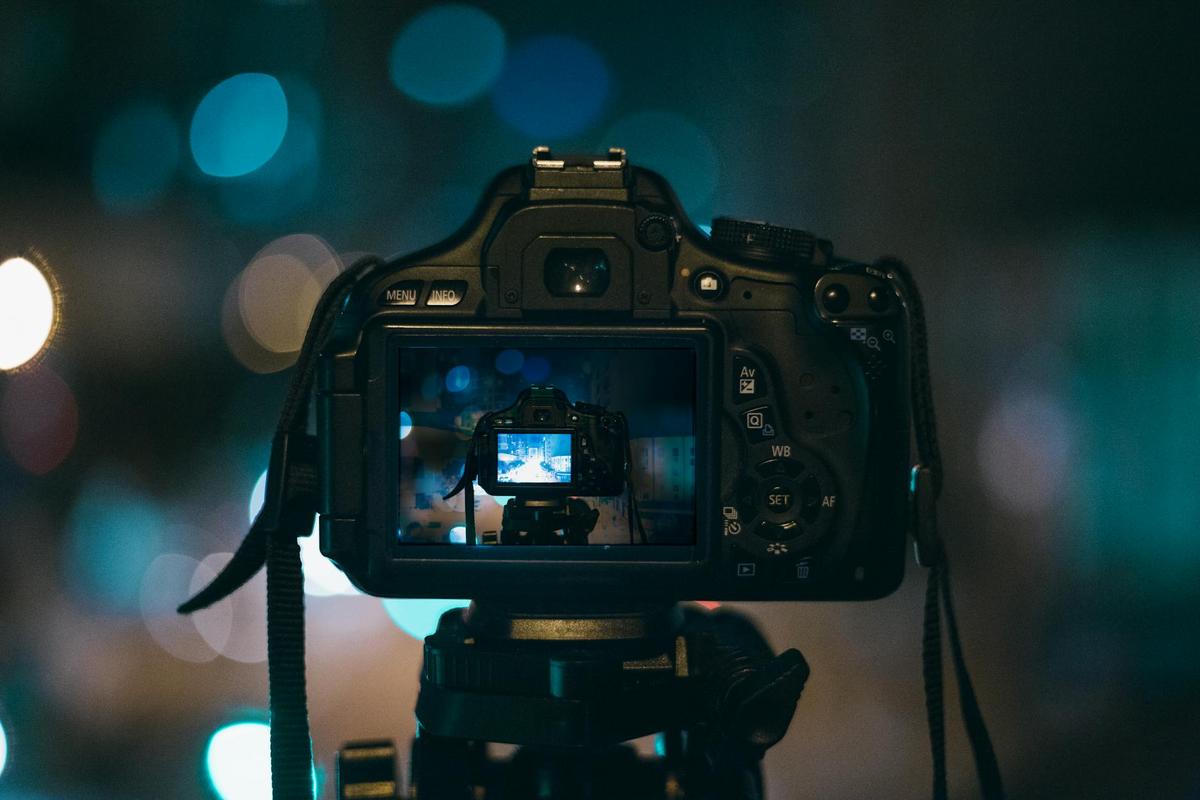
Understanding Different Types of Camera Sensors
Diving into the world of photography can be a thrilling experience, but understanding the intricacies of camera equipment, especially the different types of camera sensors, is crucial for capturing the perfect shot.
The Basics of Camera Sensors
Camera sensors are the heart of digital cameras, converting light into electronic signals to create images. Understanding the types of sensors can significantly impact the quality of your photos.
Types of Camera Sensors
- Full-Frame Sensors: Often found in professional cameras, these sensors are equivalent in size to a 35mm film frame, offering exceptional image quality and low-light performance.
- APS-C Sensors: These are smaller than full-frame sensors and are commonly used in many DSLRs and mirrorless cameras, providing a balance between quality and affordability.
- Micro Four Thirds Sensors: Known for their compact size, these sensors allow for smaller and lighter cameras, making them ideal for travel and street photography.
- Medium Format Sensors: Larger than full-frame sensors, they are used in high-end photography for stunning detail and dynamic range.
Why Sensor Size Matters
Sensor size affects depth of field, dynamic range, and noise levels. Larger sensors generally offer better image quality, making them ideal for professional photographers.
Comparison Table of Sensor Types
| Sensor Type | Size | Advantages | Disadvantages |
|---|---|---|---|
| Full-Frame | 36x24mm | High image quality, excellent low-light performance | Expensive, larger cameras |
| APS-C | 22x15mm | Affordable, versatile | Less detail, higher noise |
| Micro Four Thirds | 17x13mm | Compact, lightweight | Limited depth of field |
| Medium Format | 53x40mm | Exceptional detail, wide dynamic range | Very expensive, bulky |
Expert Opinions
“Choosing the right sensor can define the outcome of your photography, particularly in challenging lighting conditions,” notes photography expert Michael Freeman.
Practical Tips for Choosing a Sensor
- Consider your photography style: For portraits, a full-frame sensor may be beneficial, while a Micro Four Thirds sensor can be great for travel.
- Budget constraints: APS-C sensors offer a good balance between cost and performance.
- Portability needs: If you prioritize a lightweight setup, a Micro Four Thirds camera might be the best choice.
FAQs
What is the most common type of sensor in entry-level cameras?
APS-C sensors are commonly used in entry-level cameras due to their affordability and decent image quality.
Do larger sensors always mean better quality?
Generally, larger sensors provide better quality, but other factors like lens quality and camera technology also play a significant role.
How does sensor size affect low-light photography?
Larger sensors capture more light, which enhances performance in low-light conditions, reducing noise and improving image clarity.
Understanding the different types of camera sensors is essential for making informed decisions about your photography gear. Whether you’re an amateur enthusiast or a professional photographer, knowing the strengths and weaknesses of each sensor type will guide you in choosing the right equipment to capture your vision. For further exploration, consider visiting websites like DPReview and Digital Photography School for comprehensive guides and reviews.